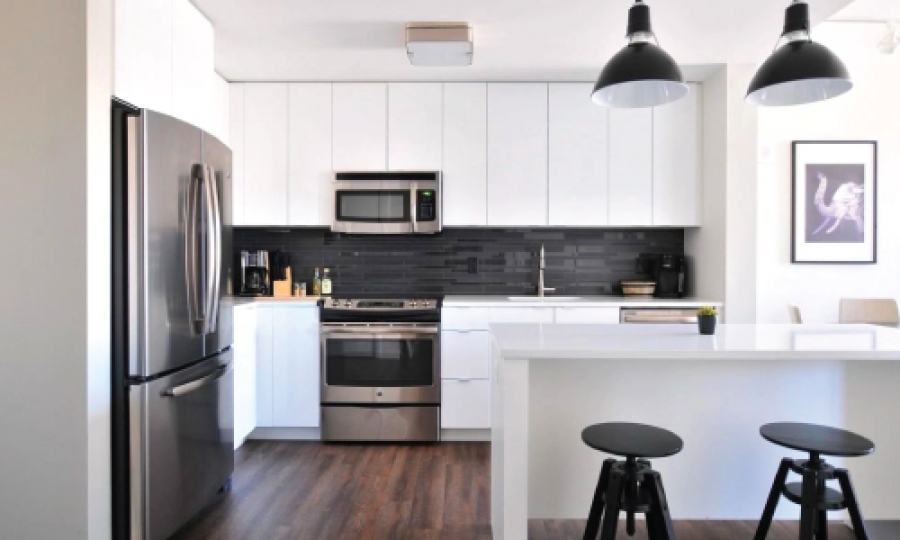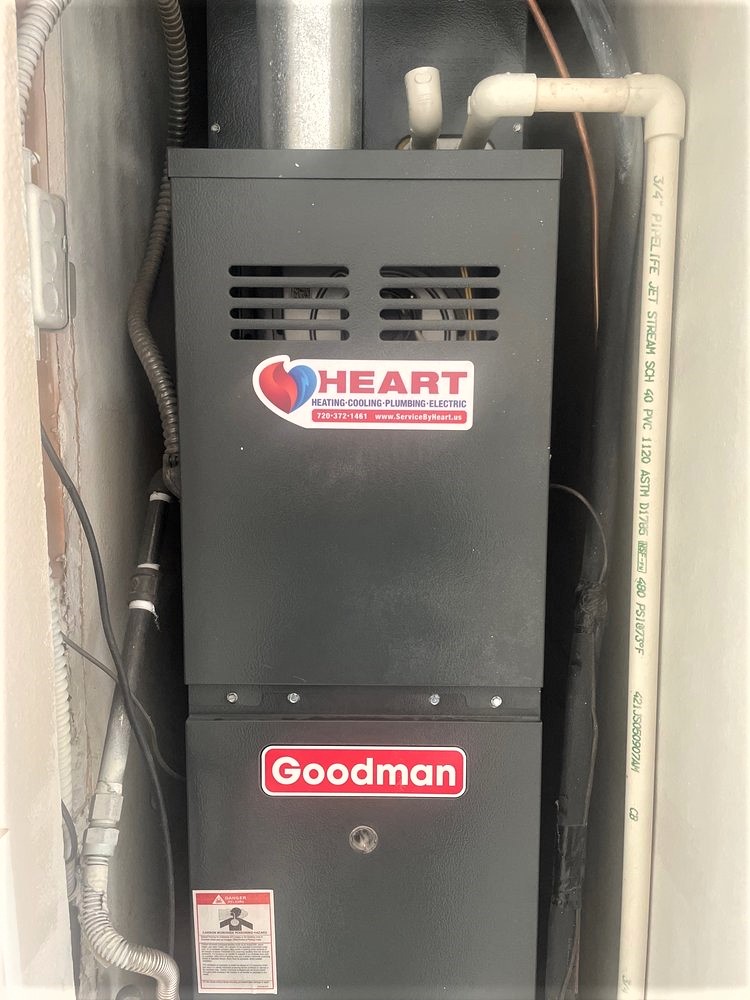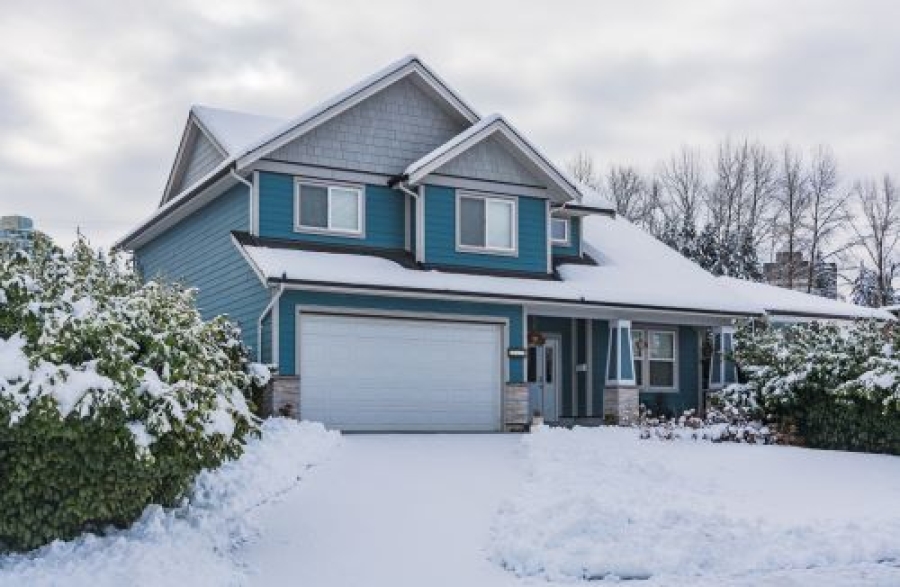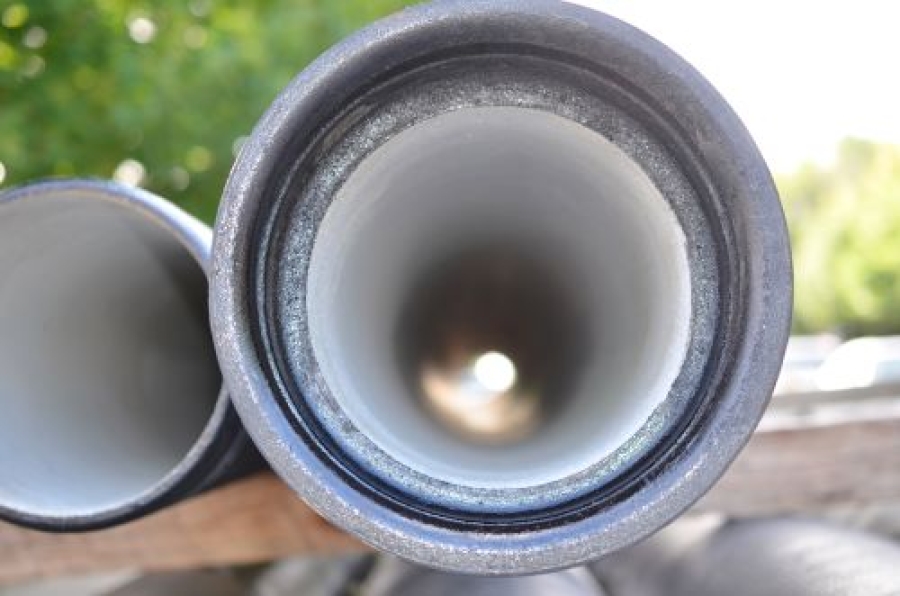You depend upon your home’s HVAC system on a daily basis. This complex system is responsible for heating, cooling, ventilation, and air quality, so it’s essential to make informed decisions regarding installation and maintenance. If you’re looking to replace your current A/C or furnace, you may be curious about what sizes you need. While you should always consult with a professional A/C unit service before purchasing products, there are certain factors to be aware of prior to scheduling a consultation. Many homeowners are curious about what size furnace and A/C unit they’ll need, and we share general guidelines about these common questions below:
UNDERSTANDING FURNACE SIZE
If you live in a state that requires frequent use of the heating system, it’s imperative that you choose the right size furnace for your home. If the furnace is too small, it will become overworked and won’t be able to heat the home properly. On the contrary, a furnace that’s too large will turn on and off too frequently and compromise efficiency. This is why it’s so crucial to find the ideal fit for your home. Although factors such as the home’s age, location, and quality of insulation play a factor, the size of the property is often regarded as the most important consideration when choosing a furnace.
In general, between 40 and 45 British Thermal Units (BTUs) are required per square foot. For example, if you have a 2,000 square-foot home, you’ll likely need a furnace with an output of 80,000 to 90,000 BTUs. This is just an estimation, however, so you’ll want to speak with a professional HVAC company to determine the best fit for your needs. A precise furnace size may also be determined using the Manual J load calculation, which we detail below.
UNDERSTANDING A/C COOLING CAPACITY
To achieve maximum efficiency, many contractors will determine the central A/C unit cooling capacity using the Manual J load calculation. Using a rule of thumb estimation may result in a unit that’s the wrong size for your needs, so a more precise calculation is helpful in order to reduce energy costs and prolong the lifespan of the unit. The Manual J load calculation involves the evaluation of multiple factors of the home, including square footage, orientation, window types, and more. This type of load calculation will allow your HVAC contractor to choose the ideal A/C unit for your home or commercial building, resulting in optimal air quality and cooling ability. Using these calculations, many newer homes have a load capacity of approximately 800 square feet per ton–but this will vary depending upon your home’s unique features.
When choosing a furnace and A/C unit, having an understanding of the size you may need will help ensure adequate heating and cooling. To protect your investment and keep your home comfortable all year round, consider working with a professional HVAC team to assist you in finding and installing the perfect products for your needs. When you’re in need of A/C unit service (or any HVAC needs), contact our team. We handle both commercial and residential projects in the Front Range area, and we pride ourselves on providing excellent customer service and outstanding results. To schedule a consultation, please reach out to us today.




